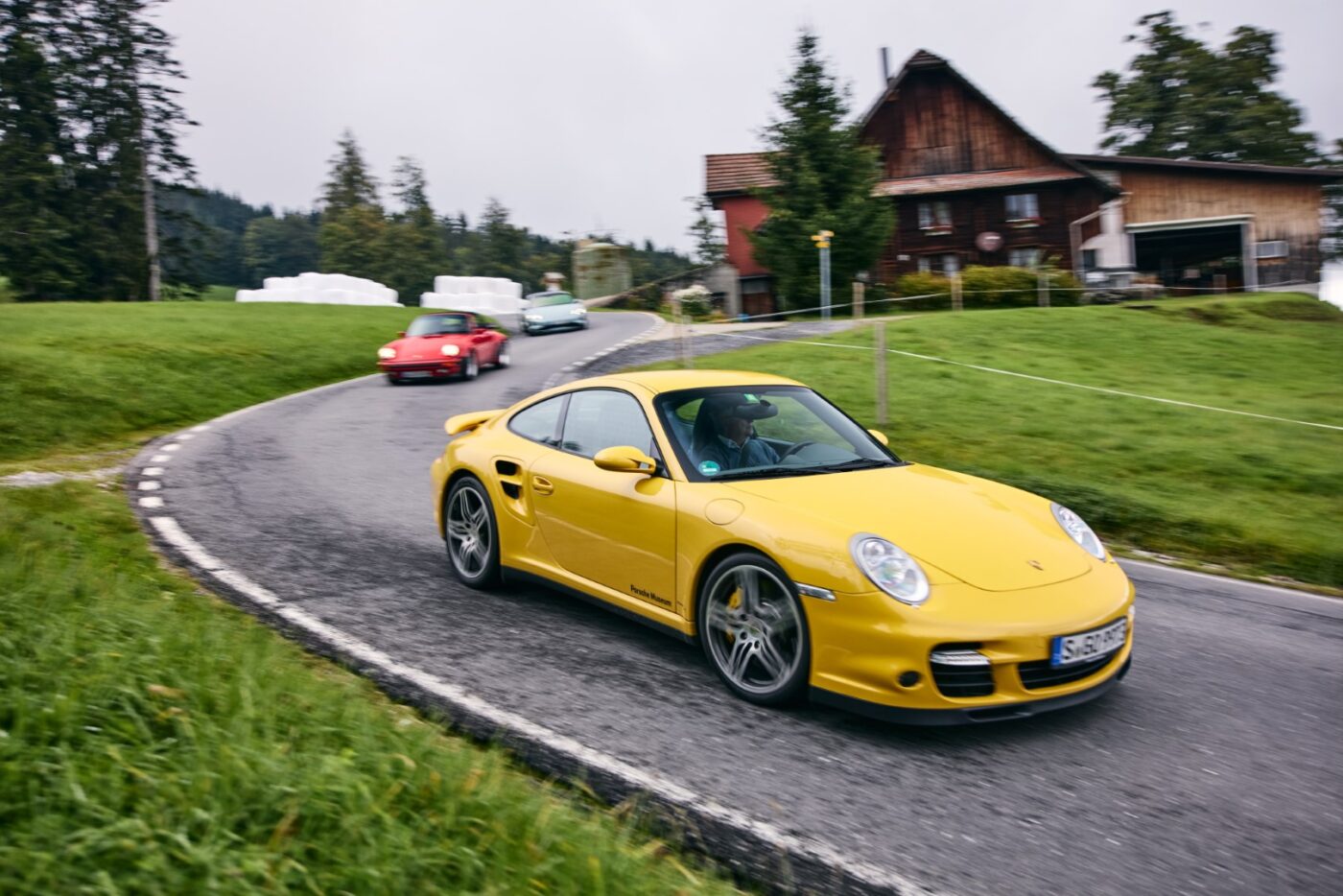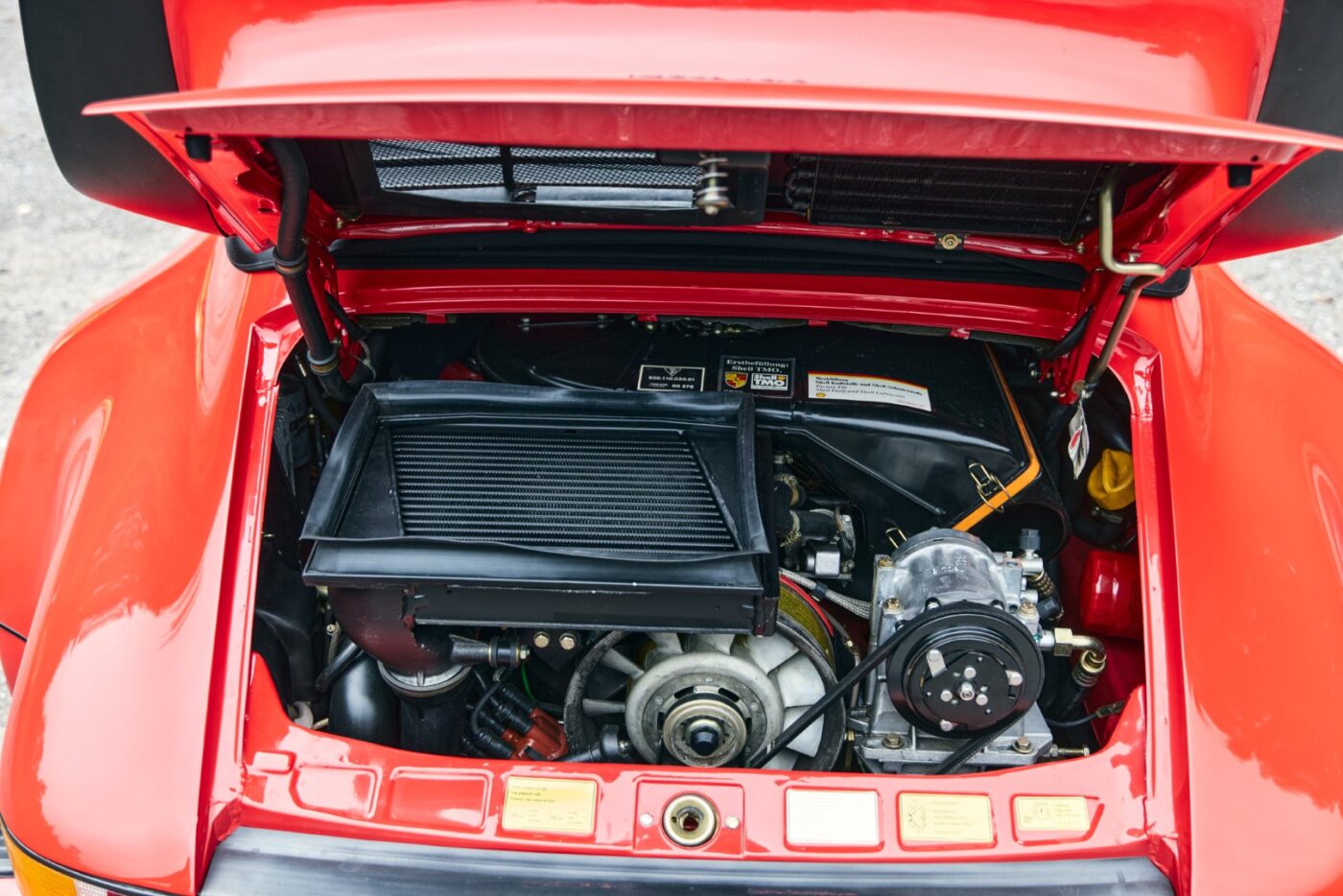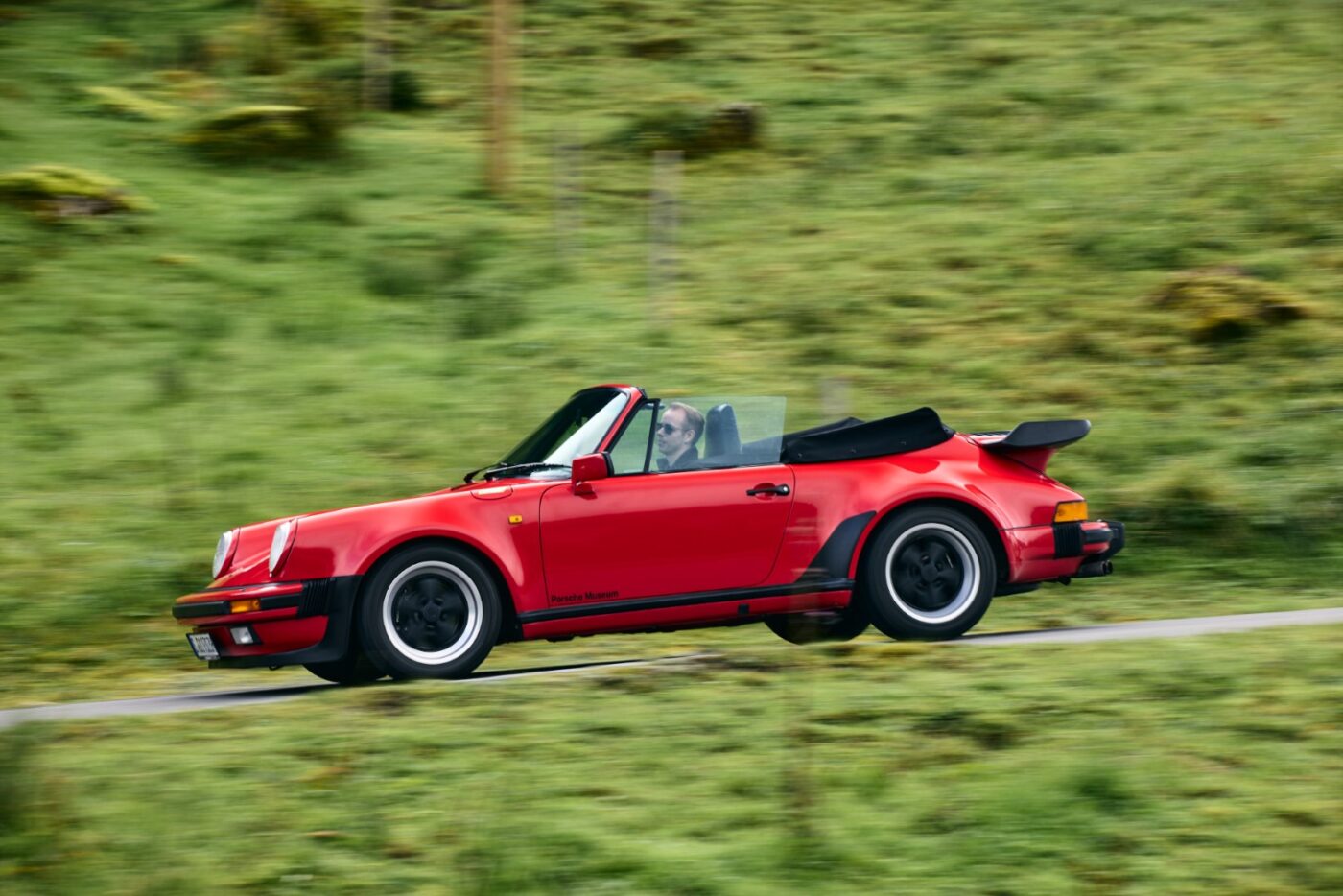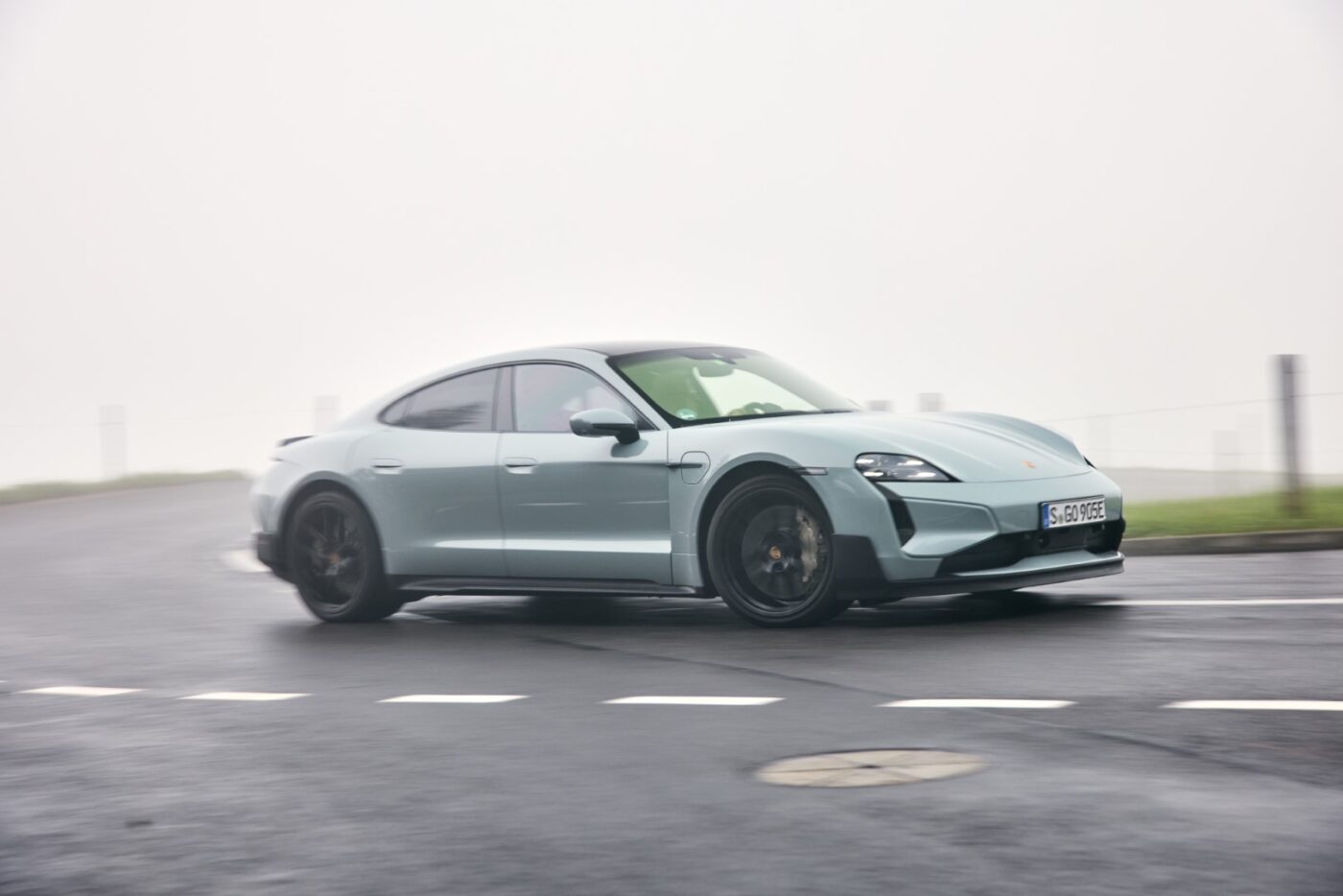Porsche Turbo: 50 years under pressure
Half a century ago, Porsche launched its first turbo. And even if almost every car now has a turbocharger: The Turbo from Zuffenhausen remains special.

A technology that has become synonymous with speed: Turbo. At Porsche, however, it is always written with a small "t", but with all the greater effect. The idea is simple in itself: the exhaust gases are not discharged unused into the atmosphere. Instead, they drive a turbine that forces more air into the combustion chamber. With more air, more fuel can be burned, which means more power.

How this works can still be seen in the early models, for example in the 911 Turbo Cabriolet from 1989. In contrast to the original model from 1974, a six-cylinder engine enlarged to 3.3 liters operates in the rear, which also has intercooling. However, the power delivery remained legendary: up to around 3500 revs, there was little to nothing. Only then does the supercharger come to life, pumping the air forcefully into the engine, which seems to literally outgrow itself. Even if 300 hp no longer seems overwhelming from today's perspective: Back then, the Turbo was in a league of its own. And even by today's standards, it is anything but slow.

Continuous evolution
Over the years, Porsche has taught the turbo engine some manners. With the switch to biturbo technology with two smaller turbochargers, variable turbo geometry or, as in the case of the current Panamera, even hybrid technology. As a result, the power delivery has become more even - although the performance has of course steadily increased.

With the Taycan Turbo GT, the turbo dynasty is currently crowned by a car that no longer even has a turbocharger: The saloon drives purely electrically. A step on the accelerator pedal explains why it still rightly bears the legendary name. Up to 760 kW (1034 hp) and 1240 Nm seem to make the world stand still for a brief moment. This is exactly how it must have felt back then, when the first 911 Turbo was the fastest sports car in the world. Except that modern tires, suspension components and brakes make for a much safer driving experience.










